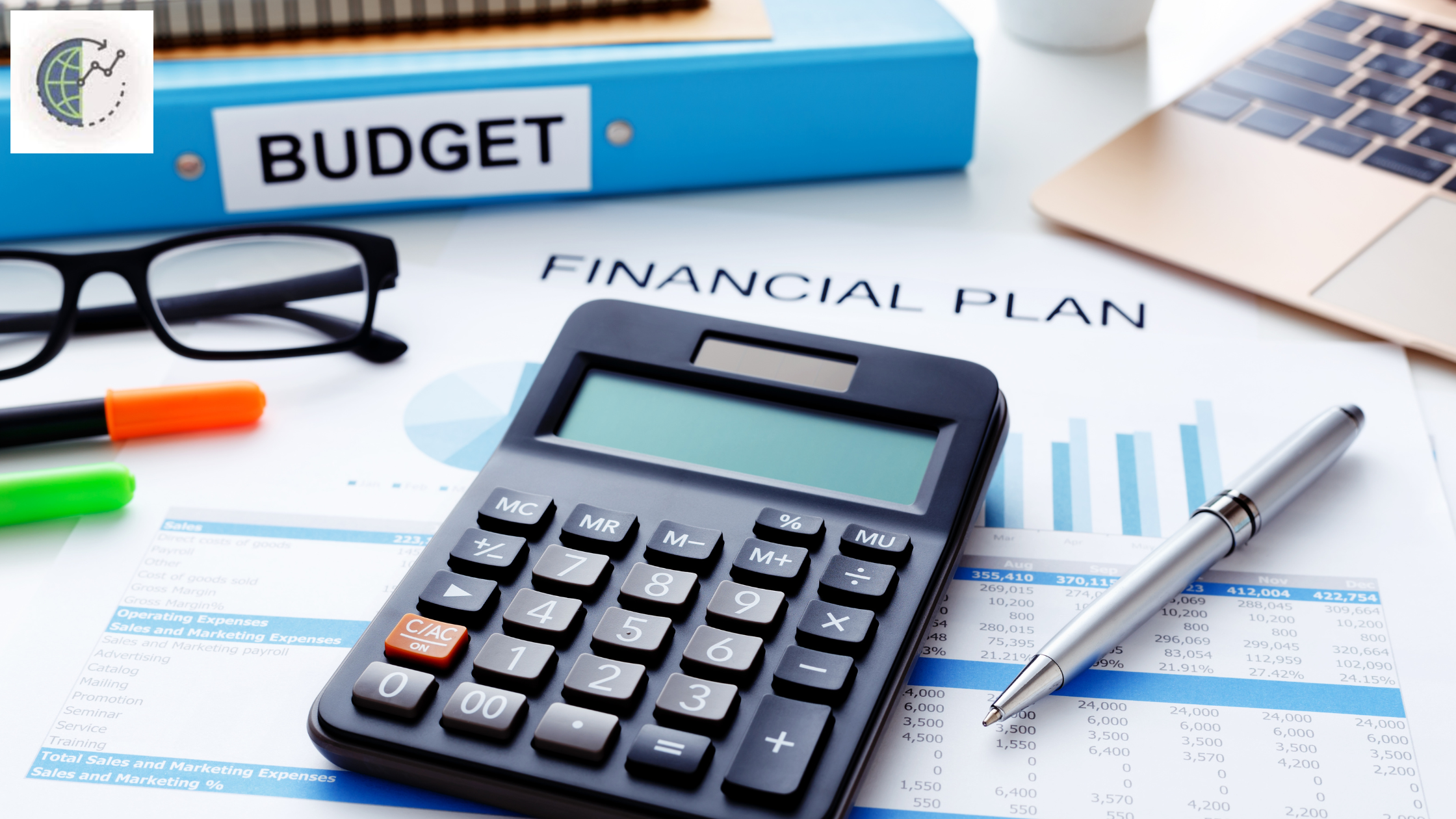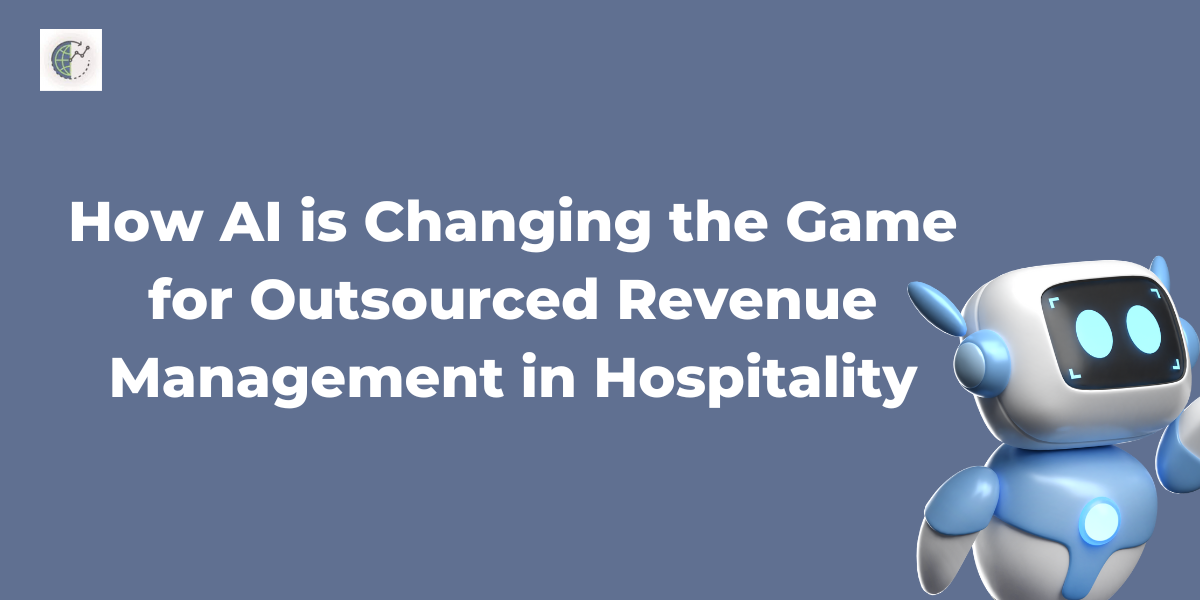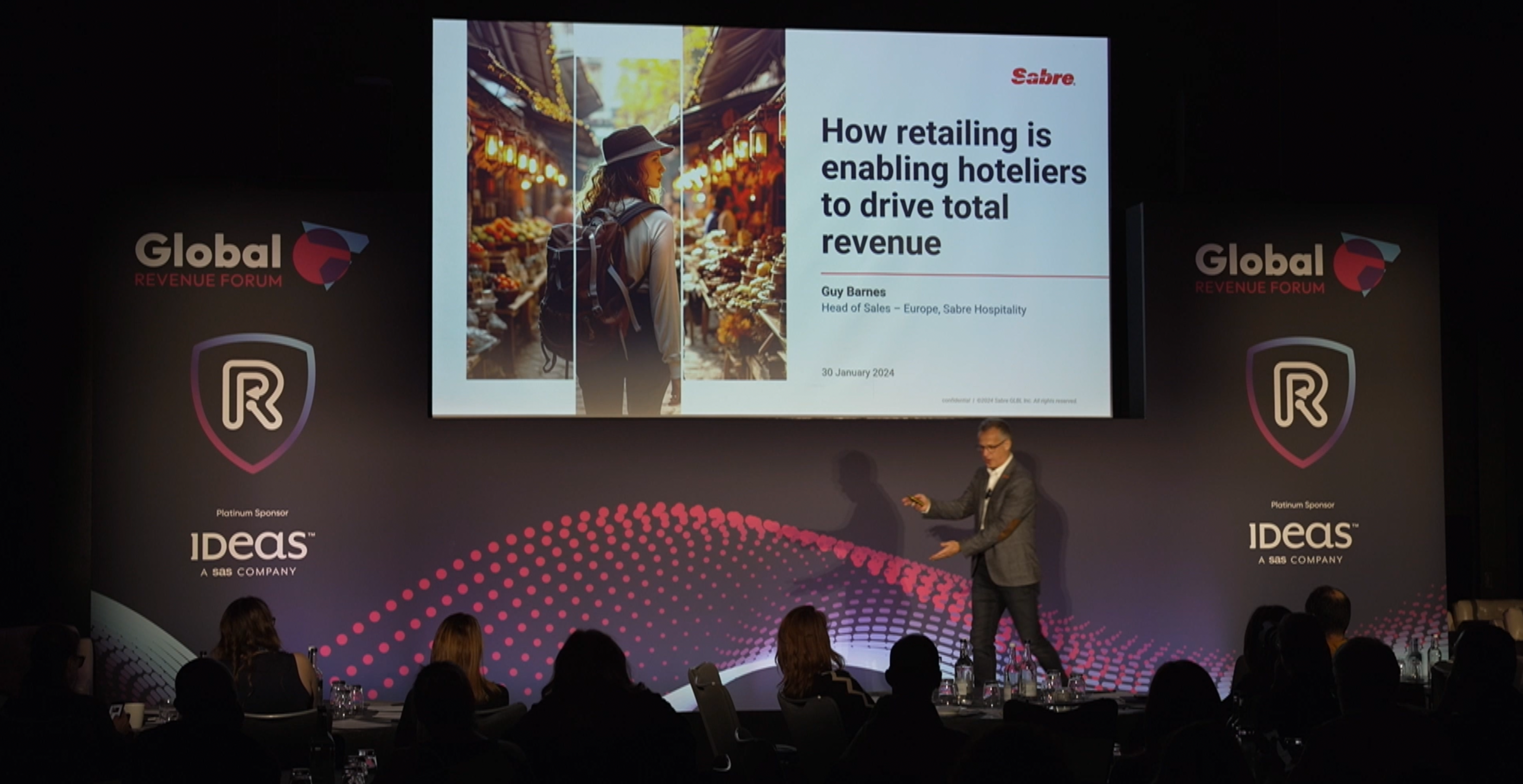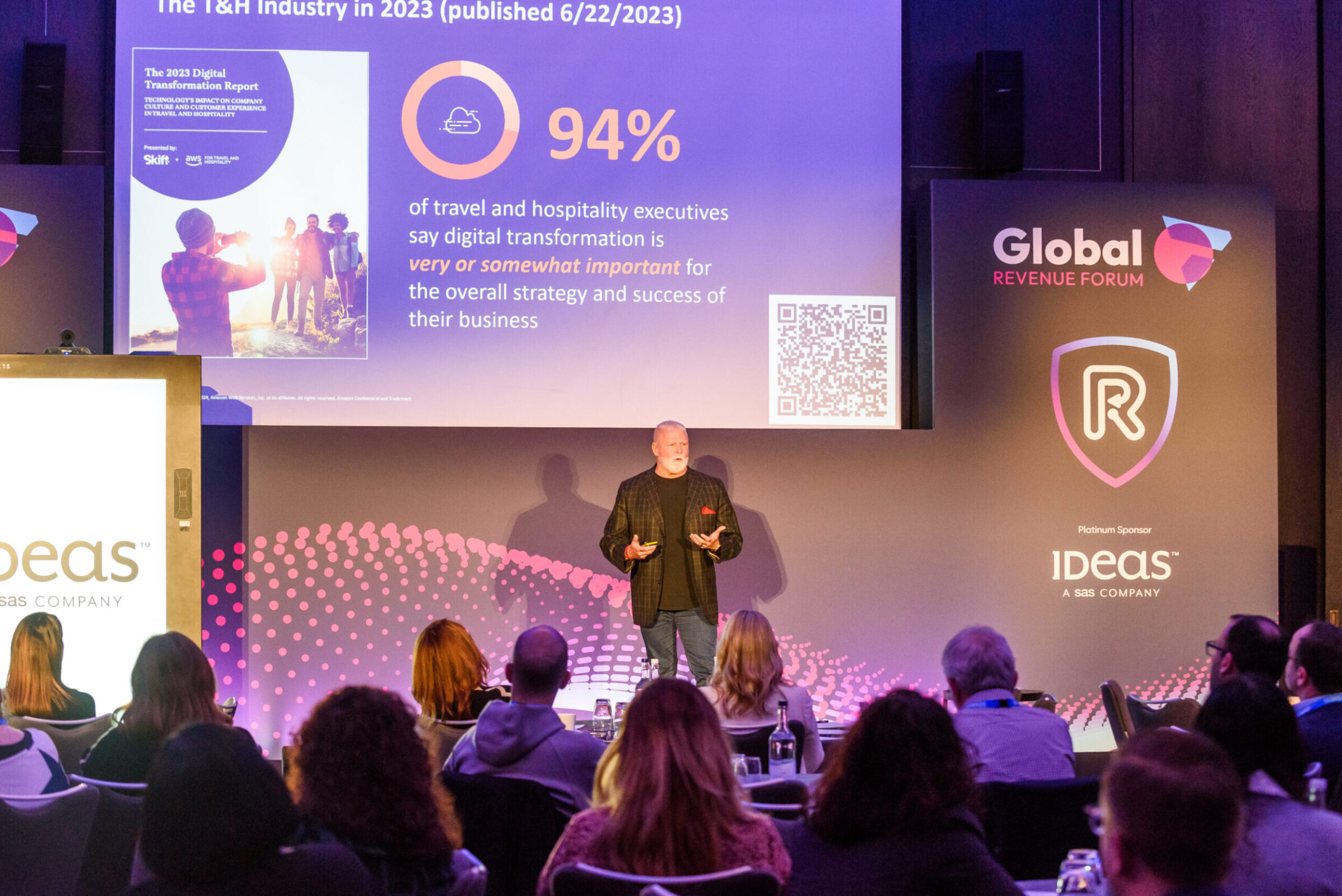
The Revenue Manager is tasked with developing and executing strategies to optimise a property’s profitability. While the role is typically associated with strategies relating to rooms and meeting space, other elements of a hotel’s portfolio of services, such as spa and wellness outlets, and food and beverage provision, require the same level of attention to ensure total profit is optimised. Here, we put the spotlight Food and Beverage outlets, and highlight four pillars of activity, that with some simple tweaking, can drive additional revenues.
On Reservation.
In busy periods, both reservations and booking durations need to be carefully managed. Careful attention should be paid to understanding consumer behaviours so the service offered can be tailored appropriately. For example, if you are looking to build a vibrant, buzzy eating destination that attracts younger bookers, ensure you provide online booking functionality via an app or your website, as this is typically the preferred method of making a reservation.
It goes without saying that the reservation process must be smooth, intuitive and easy to understand. Inclusion of a comments section in the booking page enables customers to share information that is relevant to their booking and allows F&B to build a comprehensive guest profile. The more information collated as to a guest’s preferences, the more targeted and relevant sales and marketing strategies can be, with such information playing an important part in the delivery of a personalised customer experience.
Menu Design
Ongoing monitoring and analysis of menu layout can help ensure profitability is optimised. Some tactics for driving increased profitability include:
– Pay attention to menu descriptions:Clear and comprehensive menu descriptions drive increased confidence in the quality of your menu resulting in increased sales and a higher chance of repeat customers.
– Menu ordering: It is recommended to mix the prices of the menu items -avoid listing menu items in ascending or descending order.
– Highlight more profitable items : The easier the items are to find, the higher the chance of sale. Place your most profitable dishes towards the top of your menu listing to optimise visibility and sales. In addition, you could highlight them, add an image, or place a box around them to drive increased visibility.
Building Demand in Slow Periods
Avoid under-utilisation of the kitchen in slower periods by employing strategies to drive demand. These include:
– Partner with delivery services such as Uber Eats, Deliveroo or Just Eat as they can assist with boosting sales in periods of low demand,. However, associated commissions can be high so you may want to exclude products with low margins from menus offered through these services,
– Consider partnering with services such as ‘Too Good to Go’, a service designed to avoid food wastage. Leftovers can provide an additional source of income for the hotel.
– Tap into your core business, typically room sales, to drive demand to F&B outlets. A targeted newsletter with opaque offers to disguise discounting, can drive additional covers while ensuring the discounted pricing is not evident to your non staying customers.
Optimization of Restaurant Space and Pricing Strategy
There are some areas within your restaurant that are naturally more attractive to its customers. The round table allowing a party of 6 to chat comfortably. The outdoor terrace in summer months. Or the table by the window offering great views. These can all help drive an ideal dining experience. While it has been proven that diners are not prepared to pay for their preferred table, there could be an opportunity to increase pricing across the board, and then offer discounts to customers prepared to sit at one of the less sought after tables.
Some simple strategies and tweaks to the menu can help to turn F&B outlets into revenue centres, even in some cases becoming the hotel’s main revenue producers.
Combined with ongoing monitoring of KPI’s such as TREVpar, the effectiveness of these strategies can be measured to ultimately drive an increase in GOP.







